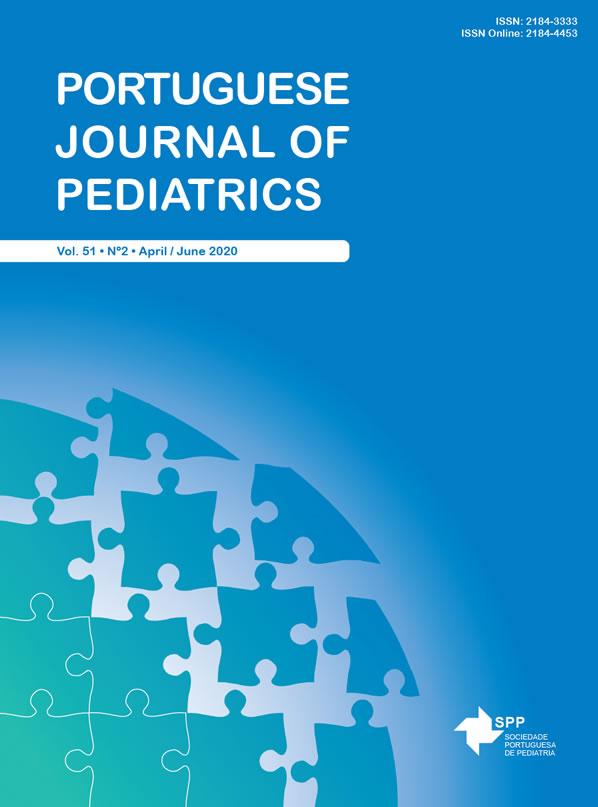Newborns with Suspected Congenital Heart Disease Demanding Emergency Transport: Seven Years Casuistic
Date of submission: 24-05-2019 | Date of acceptance: 07-01-2020 | Published: 02-04-2020
DOI:
https://doi.org/10.25754/pjp.2020.17936Abstract
Introduction: Congenital heart diseases are the most common congenital malformation in Portugal. Fetus diagnosed in utero are referenced to and born in a tertiary care center. Newborns with suspected congenital heart disease missed in the pre-natal screening program and born outside of a referral center that present with clinical severity are transported by the Pediatric Inter-hospital Transport system. Our objective was to analyze the last seven years of inter-hospital transport of newborns with suspected Congenital Heart Disease of Portugal’s northern region and study those who escape the prenatal screening program.
Materials and Methods: Newborns with suspected congenital heart disease, transported between April 1st 2011 and March 30th 2018, were identified from the Pediatric Inter-hospital Transport System’s records and individually reviewed in the National Health Service’s informatic system.
Results: Were included 195 transports, corresponding to 144 patients. Congenital heart disease was excluded in 46 patients. Of these 144 patients, 87 were born outside of the reference center. Transposition of great arteries was the most common congenital heart disease transported (16/87; 18.4%) and aortic coarctation (14/87; 16.1%) the second. Prenatal diagnosis was present in nine of these patients (10.3%).
Discussion: Transport number stability may translate the constant incidence of congenital heart diseases and/or reflect a non-improving prenatal diagnosis rate. Technical challenges in transposition of great arteries’ prenatal diagnosis may explain the higher number of transports. It is necessary to guarantee the prenatal diagnosis of congenital heart diseases by intervening locally.
Downloads
Downloads
Published
Issue
Section
License

This work is licensed under a Creative Commons Attribution-NonCommercial-NoDerivatives 4.0 International License.









